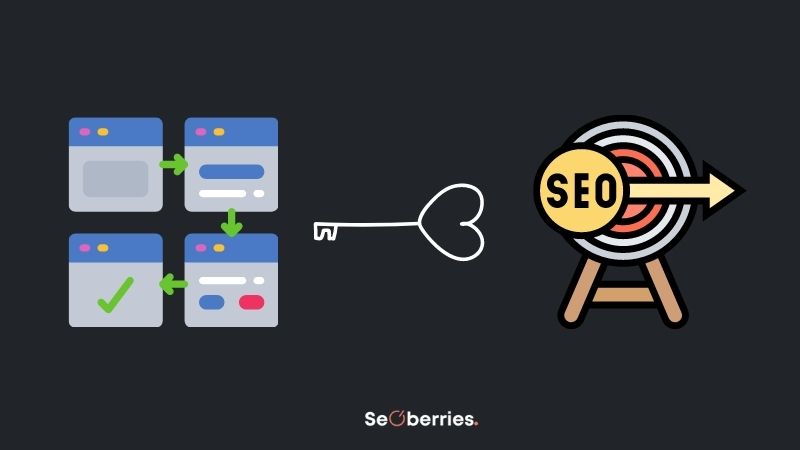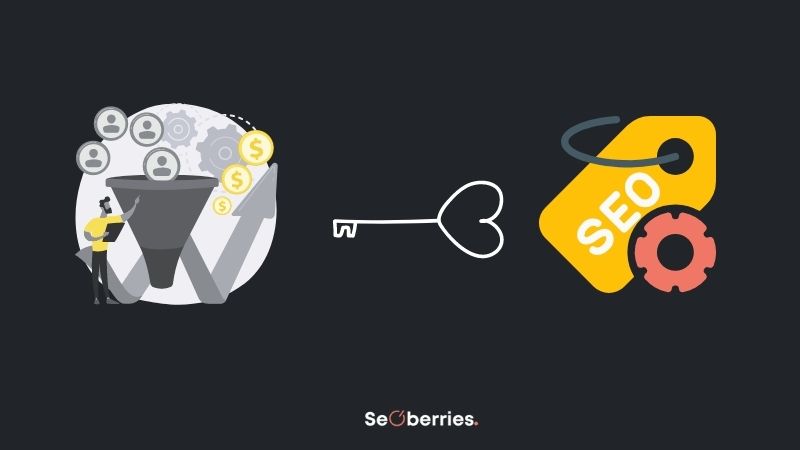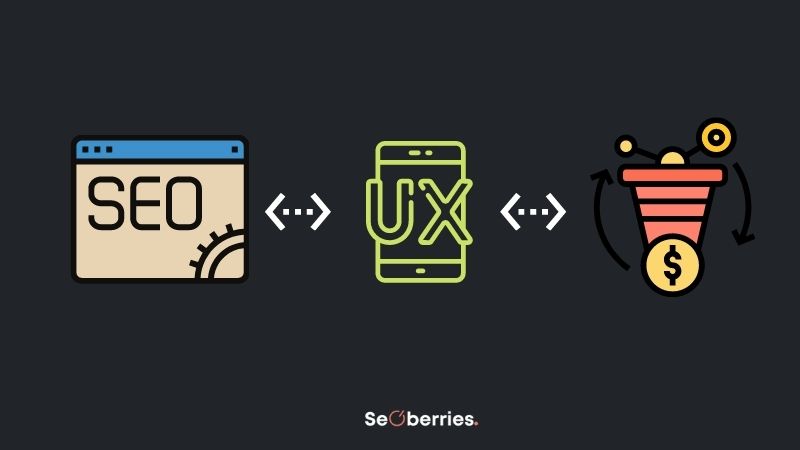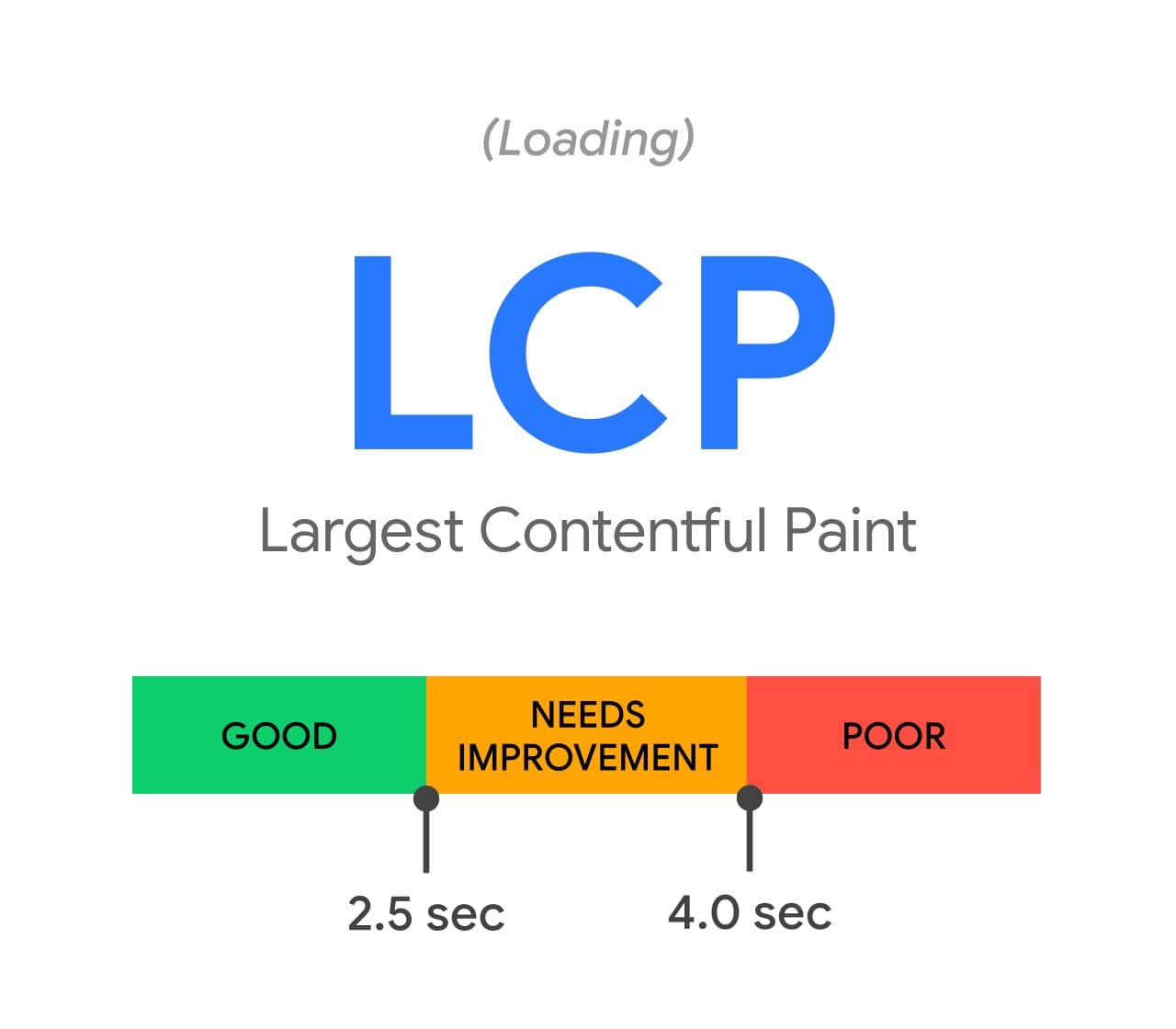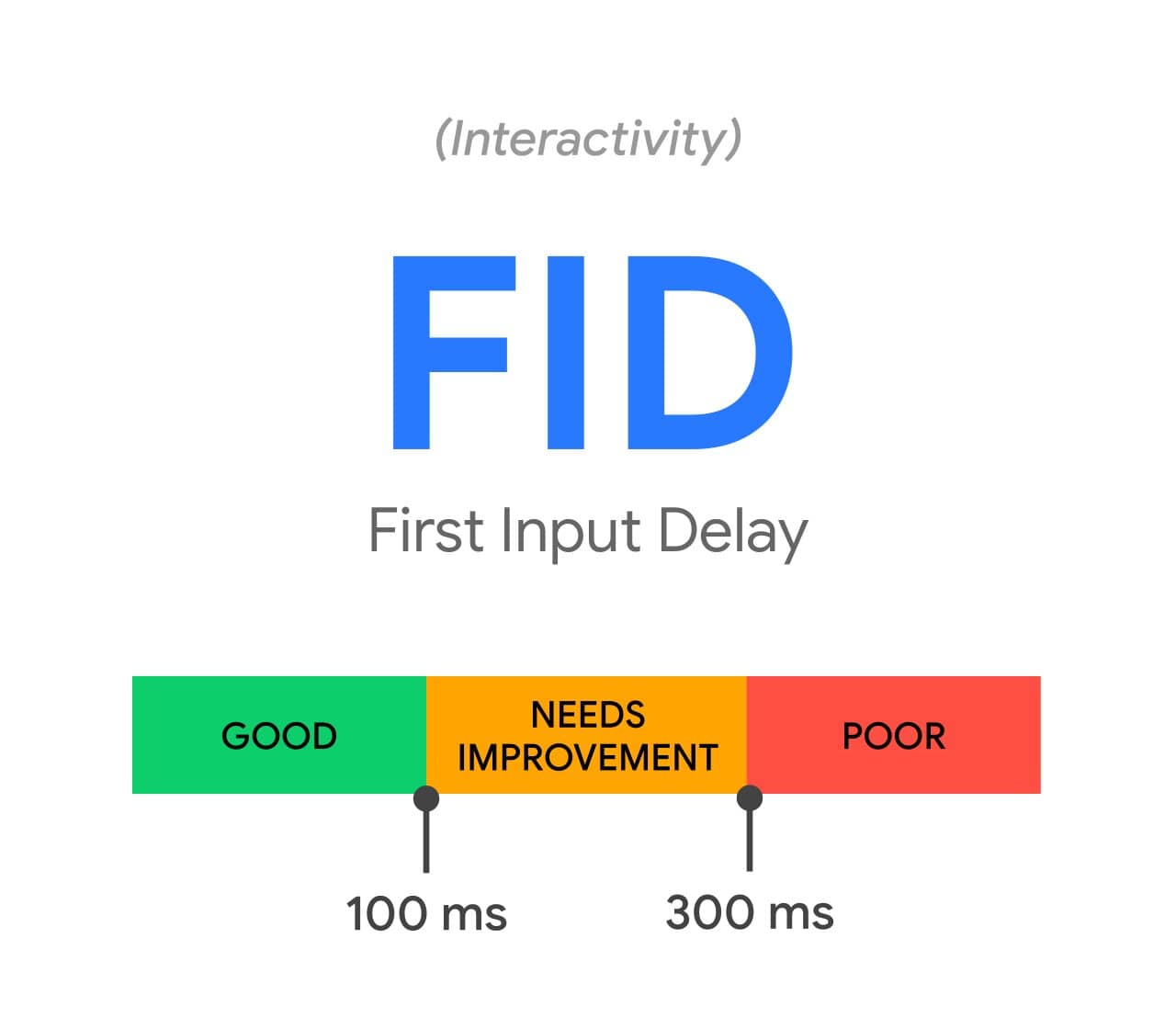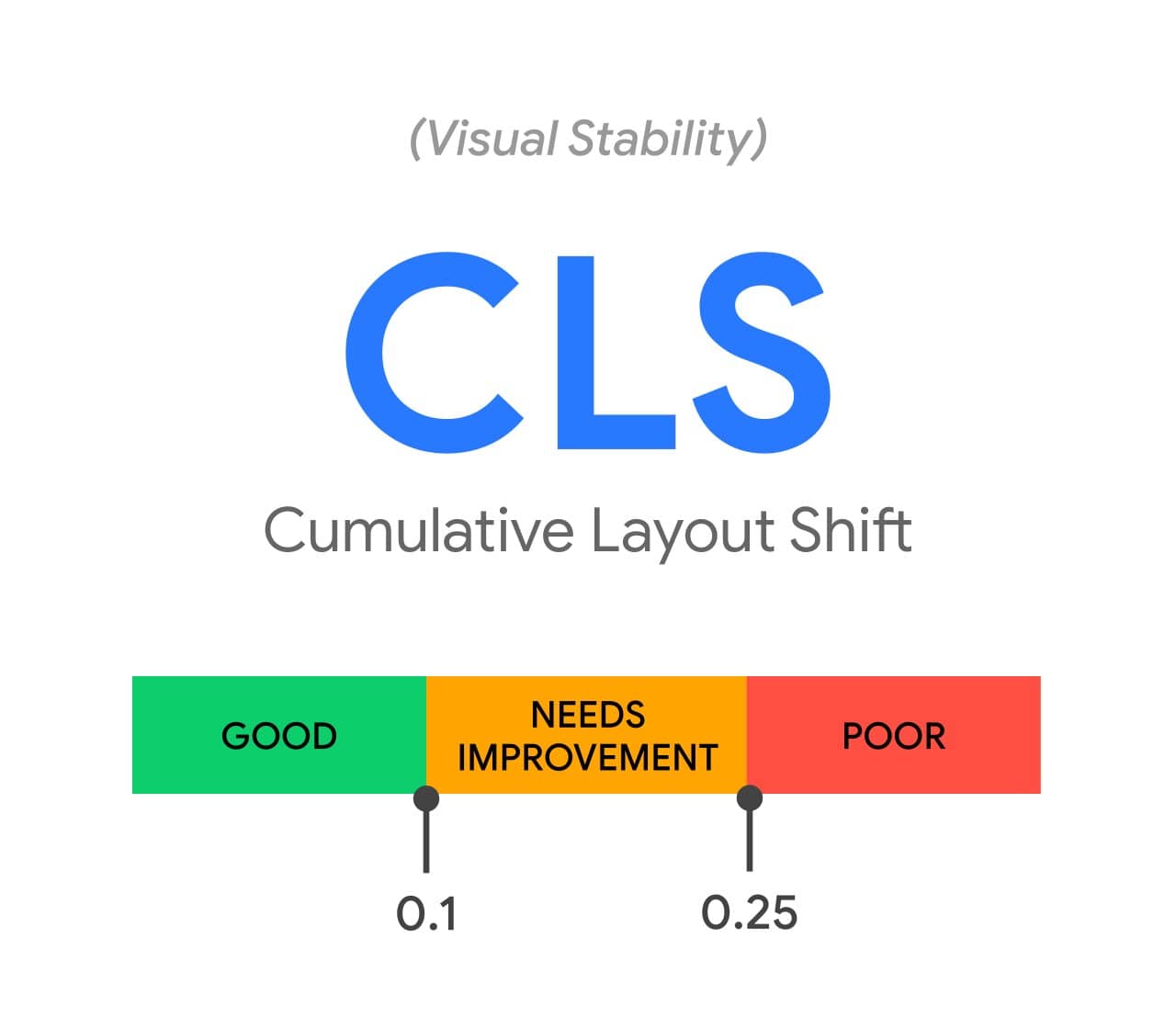Google has increased the stakes for SEO experts by emphasizing UX during their bots' crawls to rank websites for search.
The most obvious example of this is the page load time. Slow loading pages are a bad
page experience, so the Google search bot actively
penalizes websites that take too long to load.
Of course, factors other than load speed influence the quality of a user's experience when interacting with a website, such as a user's perception of the site's usefulness and ease of site navigation.
With the majority of internet users accessing the web via their mobile devices, one of the most prominent aspects of User Experience design in recent years has been making sure a website is mobile friendly. As computing technologies advance, we're seeing a shift toward a less tangible view of user experience, one that considers users' feelings and motivations.
These recent developments are centered on identifying the type of user a website is attempting to attract, determining exactly what they want, and presenting it to them as efficiently as possible.
It's impossible to create the ideal user experience for everyone because there are so many factors that influence a user's intent and motivation, even within a single demographic. We can only aim to improve the user experience for a specific demographic, which is where SEO comes in.
Another factor that search bots may consider when evaluating a website for a search is its bounce rate (where a user leaves your website, especially if the user has ‘bounced back to the search results page immediately after visiting the page suggested by the rankings).
The bots collect information about user behavior, but it is not nuanced information. The bot will recognize that a user returned to the search results page after a brief click-through of one of the suggested results, but it will not know why.
If your website has a high bounce rate, the bot will notice and may consider it a negative factor when evaluating the value of your web pages in future user searches. As a result, the causes of high bounce rates must be identified and a solution devised. It's possible that you're ranking high for the wrong type of search intent, or that your landing pages aren't designed to convert.
This necessitates collaboration between SEO and UX, which then provides the foundation for effective CRO.
